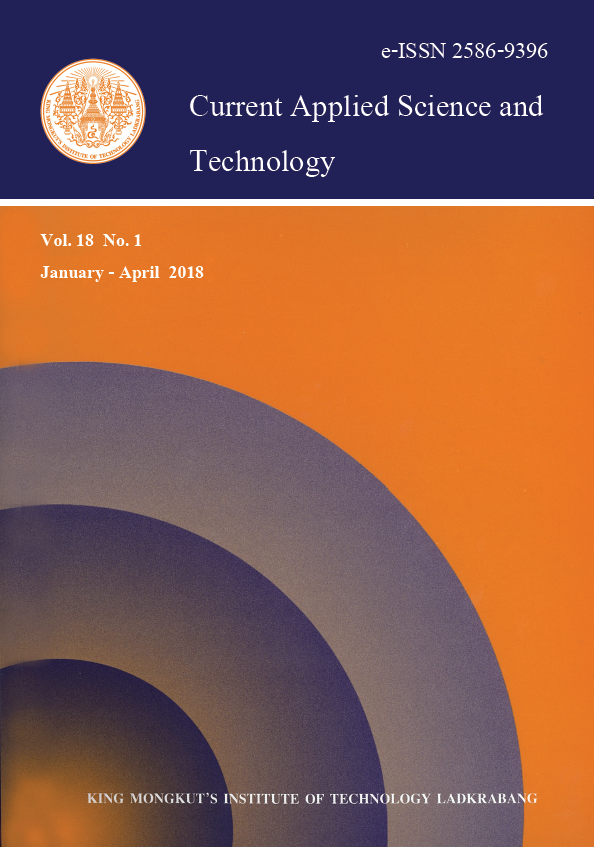Thai people frequently consume Chinese deep fried dough and its quality is affected by frying conditions. An experiment was conducted using a 3 × 2 × 3 factorial randomized complete block design. The first factor was the three vegetable oils (palm olein oil (PO), rice bran oil (RO) and soybean oil (SO)). The second factor was the frying conditions (180 °C, 2 min and 160 °C, 4 min) and the third factor was the repeated frying cycle (4, 9, 16). The three factors did not interact. The color, viscosity, polar value (P) and trans fatty acids quantity (TA) of different types of oil were significant (p≤0.05) difference. The repeated frying oil showed darker color and higher values of the viscosity, P and TA. The color of fried PO and fried RO was not different but fried SO was a lighter yellow. The viscosity of PO was the highest value followed by RO and SO. Polar value of PO was the lowest (10.91 %), followed by RO (11.60 %) and SO (14.40 %). Trans fatty acids quantity of PO was the lowest (0.72 %) followed by SO (0.86 %) and RO (1.42 %). Frying conditions had no significant (p>0.05) effect to color and viscosity while P and TA were significant (p≤0.05) difference. The higher temperature and shorter time frying resulted of higher P and higher TA of fried oil. However, the fried products were safe to consume because their polar was less than 25 %, and their T was low. PO was better than RO or SO for Chinese dough frying.
Keywords: Chinese dough, Pa-Tong-Kho, repeated frying, polar value, trans fatty acid
*Corresponding author: Tel.: 660-29428629-35 ext 1614 Fax: 660-29406455
E-mail: ifrcdt@ku.ac.th
Teangpook, C. ., Paosangtong, U. ., Titatarn, Y. ., Onhem, S. ., & Puminat, W. . (2018). Quality of Repeated Use of Oil for Frying Chinese Deep Fried Dough (Pa-Tong-Kho). CURRENT APPLIED SCIENCE AND TECHNOLOGY, 24-30.

https://cast.kmitl.ac.th/articles/128018